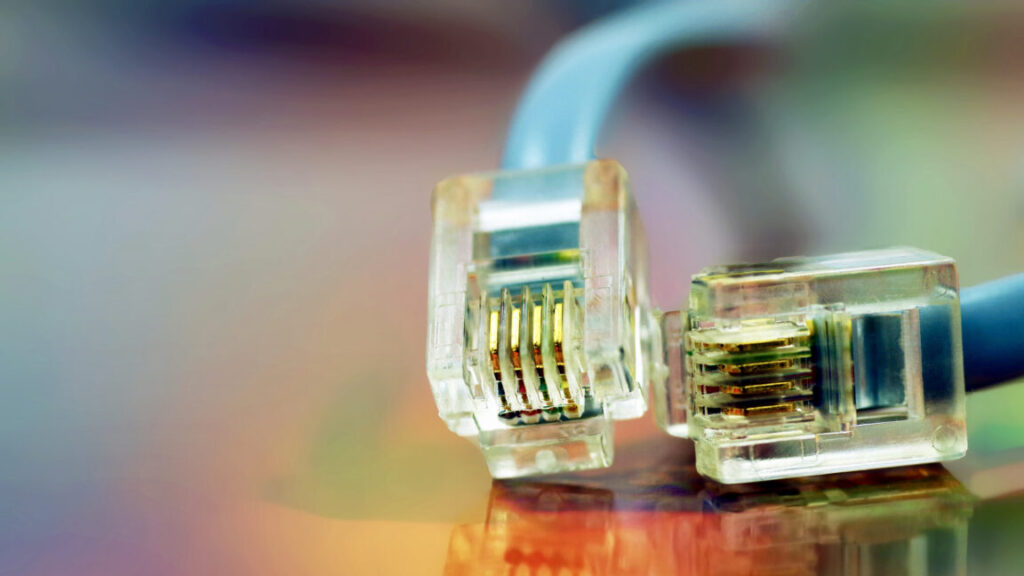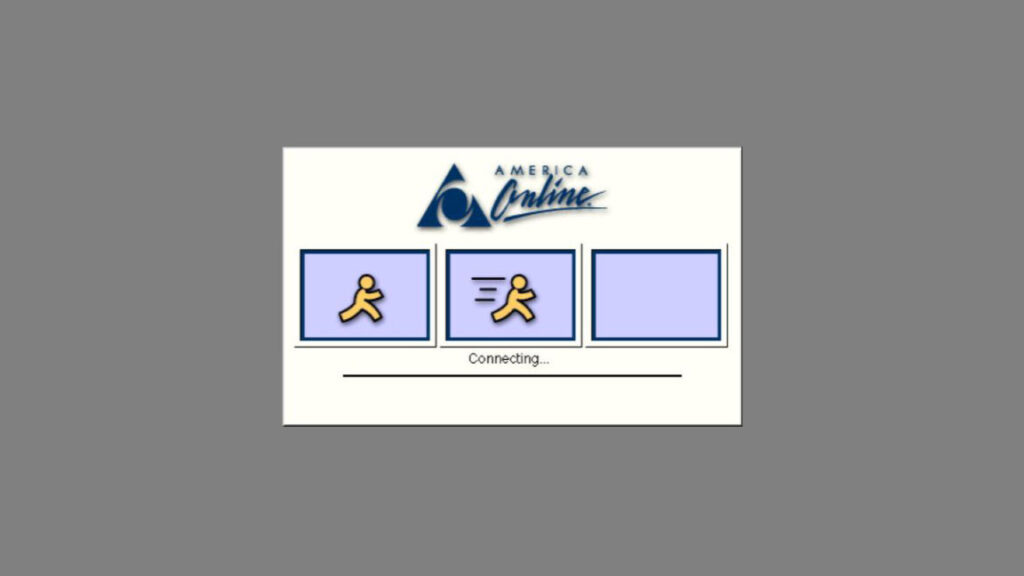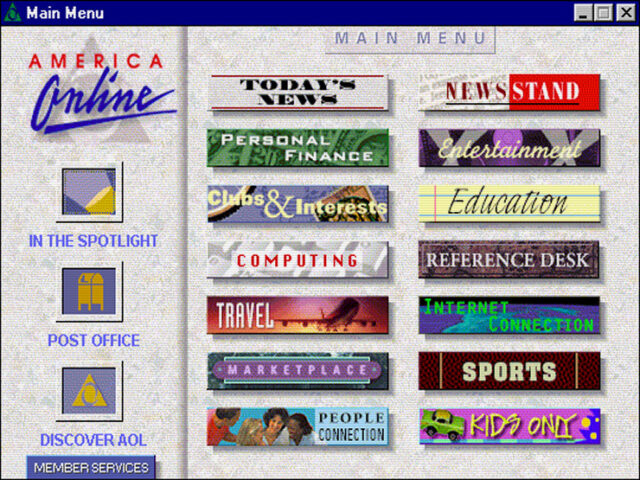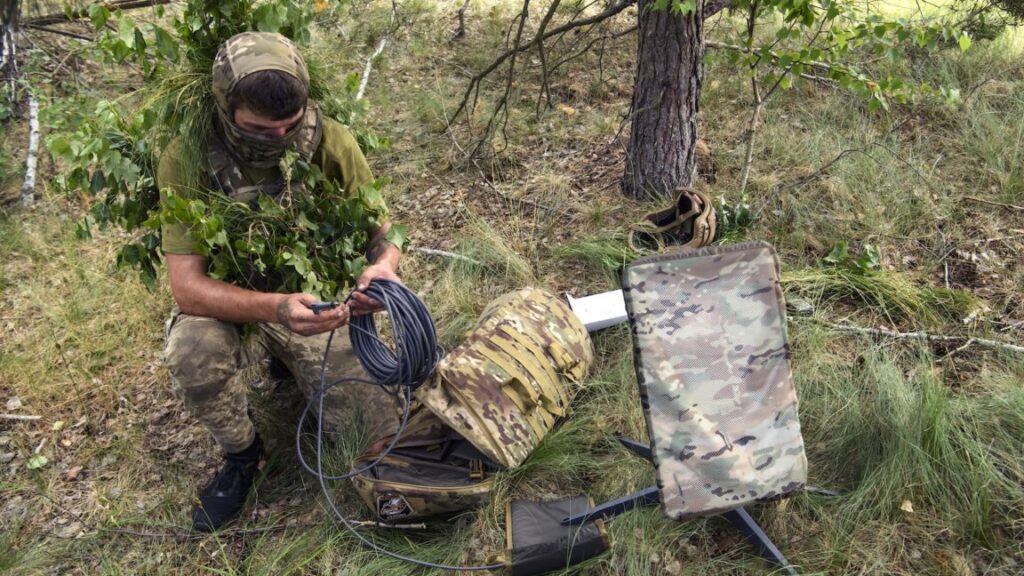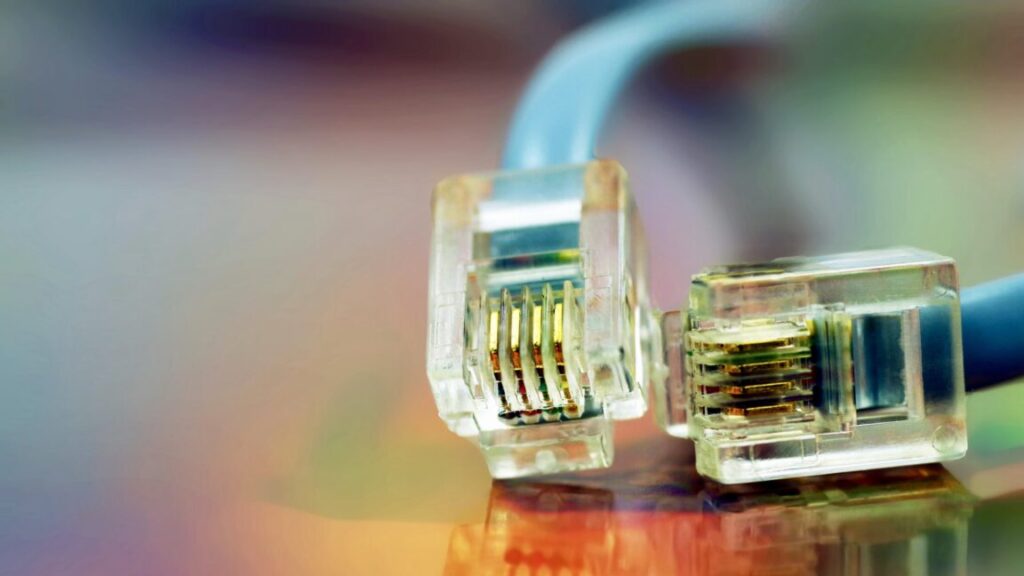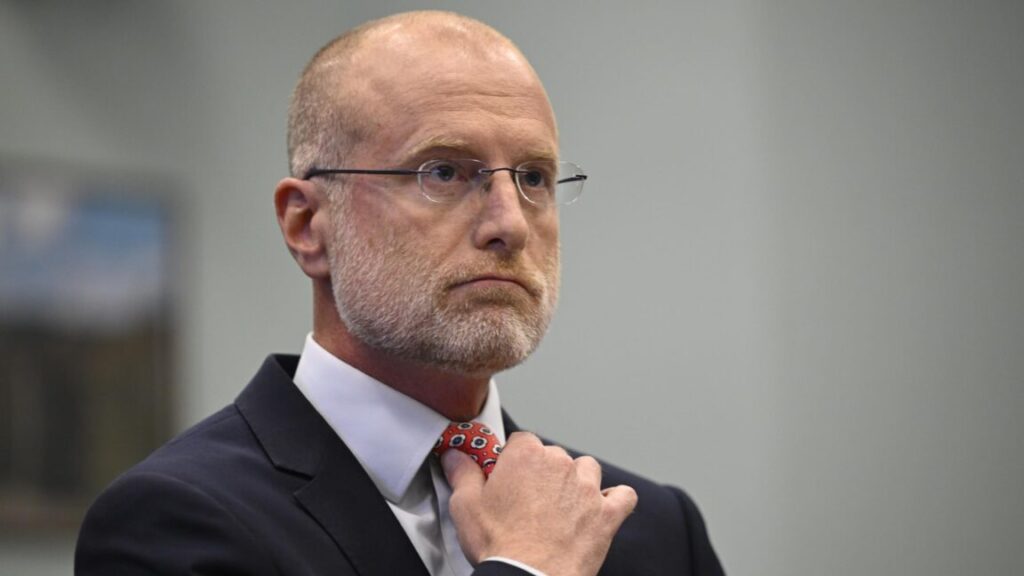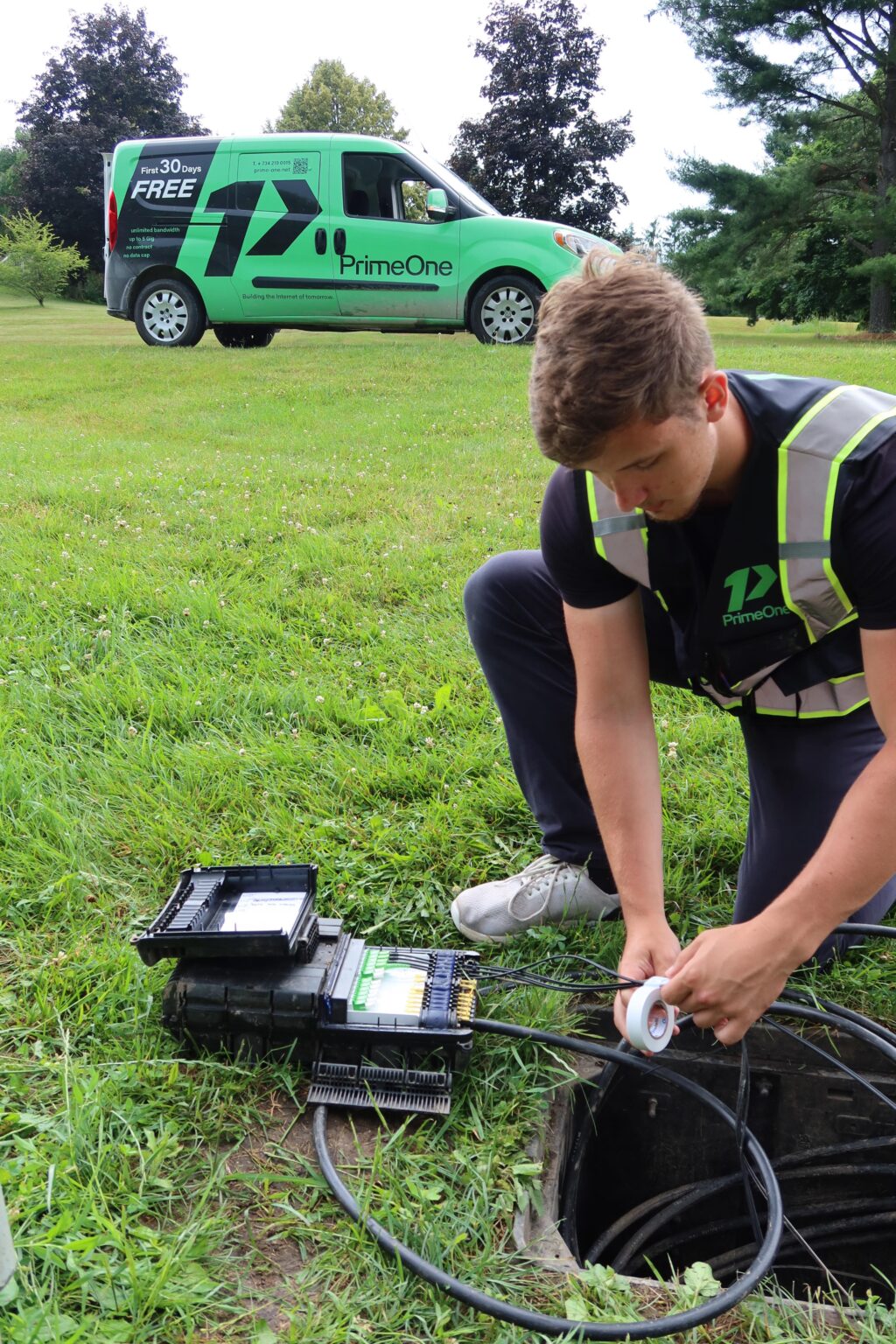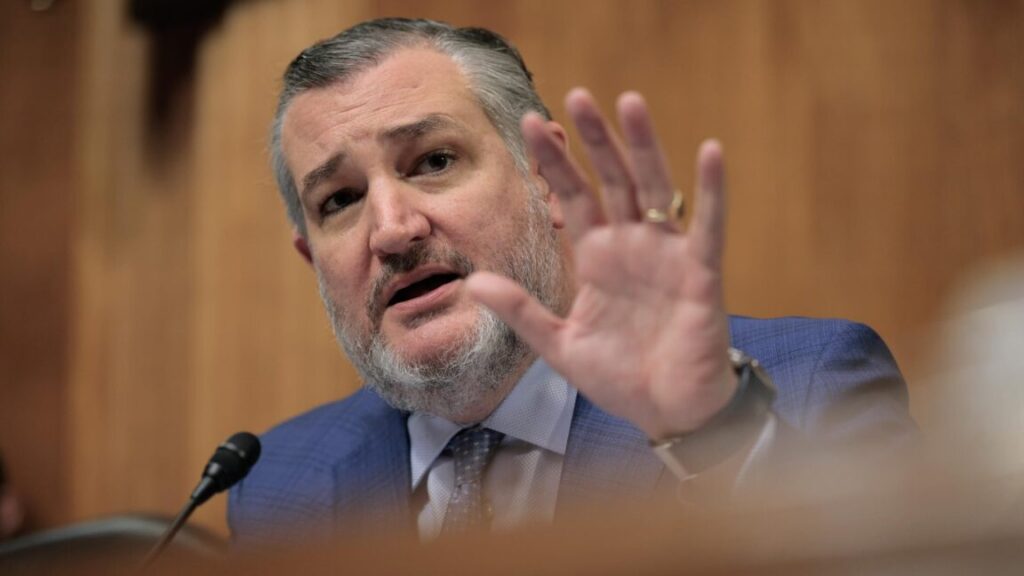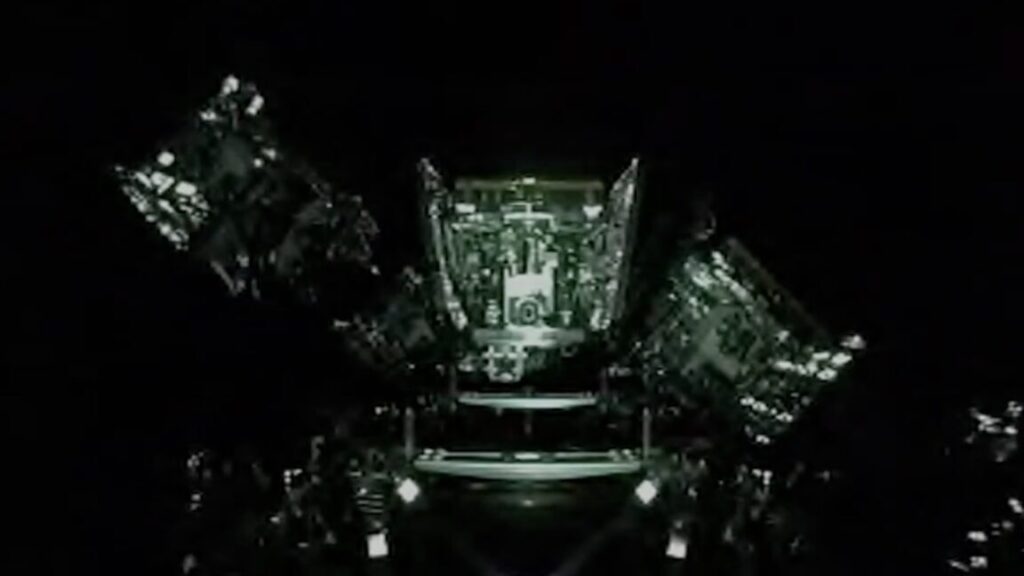ISPs angry about California law that lets renters opt out of forced payments
Rejecting opposition from the cable and real estate industries, California Gov. Gavin Newsom signed a bill that aims to increase broadband competition in apartment buildings.
The new law taking effect on January 1 says landlords must let tenants “opt out of paying for any subscription from a third-party Internet service provider, such as through a bulk-billing arrangement, to provide service for wired Internet, cellular, or satellite service that is offered in connection with the tenancy.” It was approved by the state Assembly in a 75–0 vote in April, and by the Senate in a 30–7 vote last month.
“This is kind of like a first step in trying to give this industry an opportunity to just treat people fairly,” Assemblymember Rhodesia Ransom, a Democratic lawmaker who authored the bill, told Ars last month. “It’s not super restrictive. We are not banning bulk billing. We’re not even limiting how much money the people can make. What we’re saying here with this bill is that if a tenant wants to opt out of the arrangement, they should be allowed to opt out.”
Ransom said lobby groups for Internet providers and real estate companies were “working really hard” to defeat the bill. The California Broadband & Video Association, which represents cable companies, called it “an anti-affordability bill masked as consumer protection.”
Complaining that property owners would have “to provide a refund to tenants who decline the Internet service provided through the building’s contract with a specific Internet service provider,” the cable group said the law “undermines the basis of the cost savings and will lead to bulk billing being phased out.”
State law fills gap in federal rules
Ransom argued that the bill would boost competition and said that “some of our support came from some of the smaller Internet service providers.”
ISPs angry about California law that lets renters opt out of forced payments Read More »
